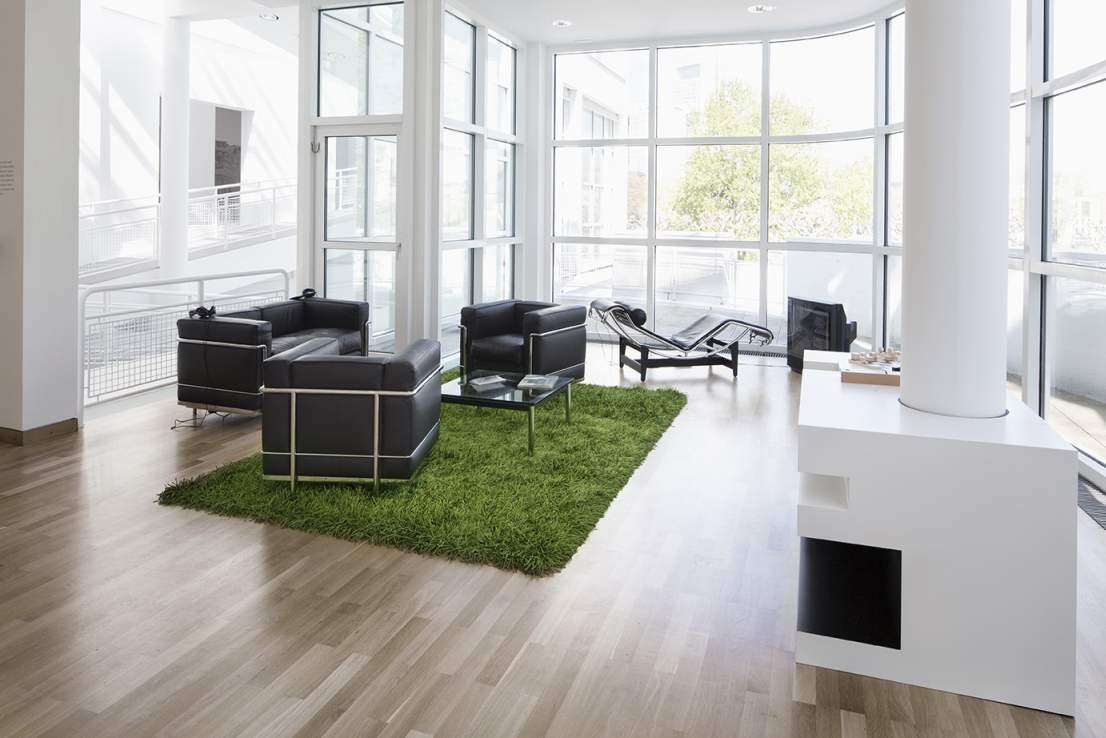Museum
Richard Meier Architecture


If we contemplate the Museum Angewandte Kunst building, we are reminded of Le Corbusier’s residential houses. For stylistic orientation, the architect Richard Meier (b. 1934) looks to Classical Modern architecture, its straightforward forms and clearly articulated spatial bodies.
In the late 1960s, Richard Meier belonged to the “New York Five” architects’ group, who further developed the functional style of 1920s and ’30s European modernism in the tradition of the early Le Corbusier. Their common attribute is the colour white. In his design for Frankfurt’s Museum Angewandte Kunst, Meier integrated the neo-classicist Metzler family villa in existence since the nineteenth century and thus created an ensemble consisting of the surrounding park, the villa, and the new building.
The museum was dedicated in 25 April 1985 after a three-year construction period. The new building is an L-shaped complex composed of three cubes literally surrounding the Villa Metzler and joining it to form a square. The villa provided the basis for the dimensions of the three cubes.
At the centre of the four cubes is an inner courtyard from which the museum entrance is accessed. In the building’s interior, a pedestrian ramp connects the light-flooded exhibition levels. The large windows generously link the interior with the museum’s surroundings.
Since the spring of 2013, following a structural alteration phase in which older partitions and structural additions of the 1990s were removed, visitors have once again had the opportunity to experience the original Richard Meier architecture: light-flooded spaces, interlocking generously and granting a view of the park and river.


